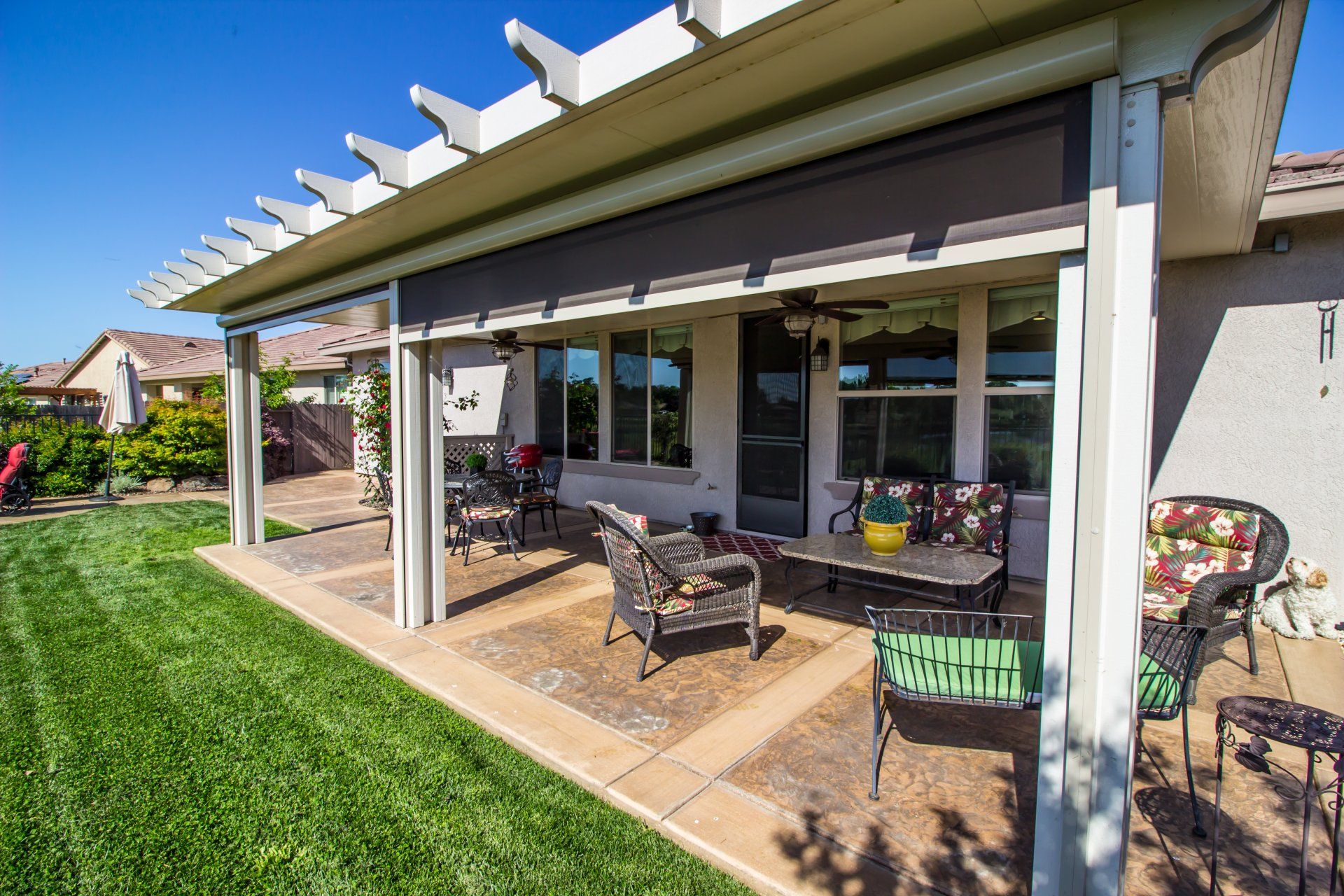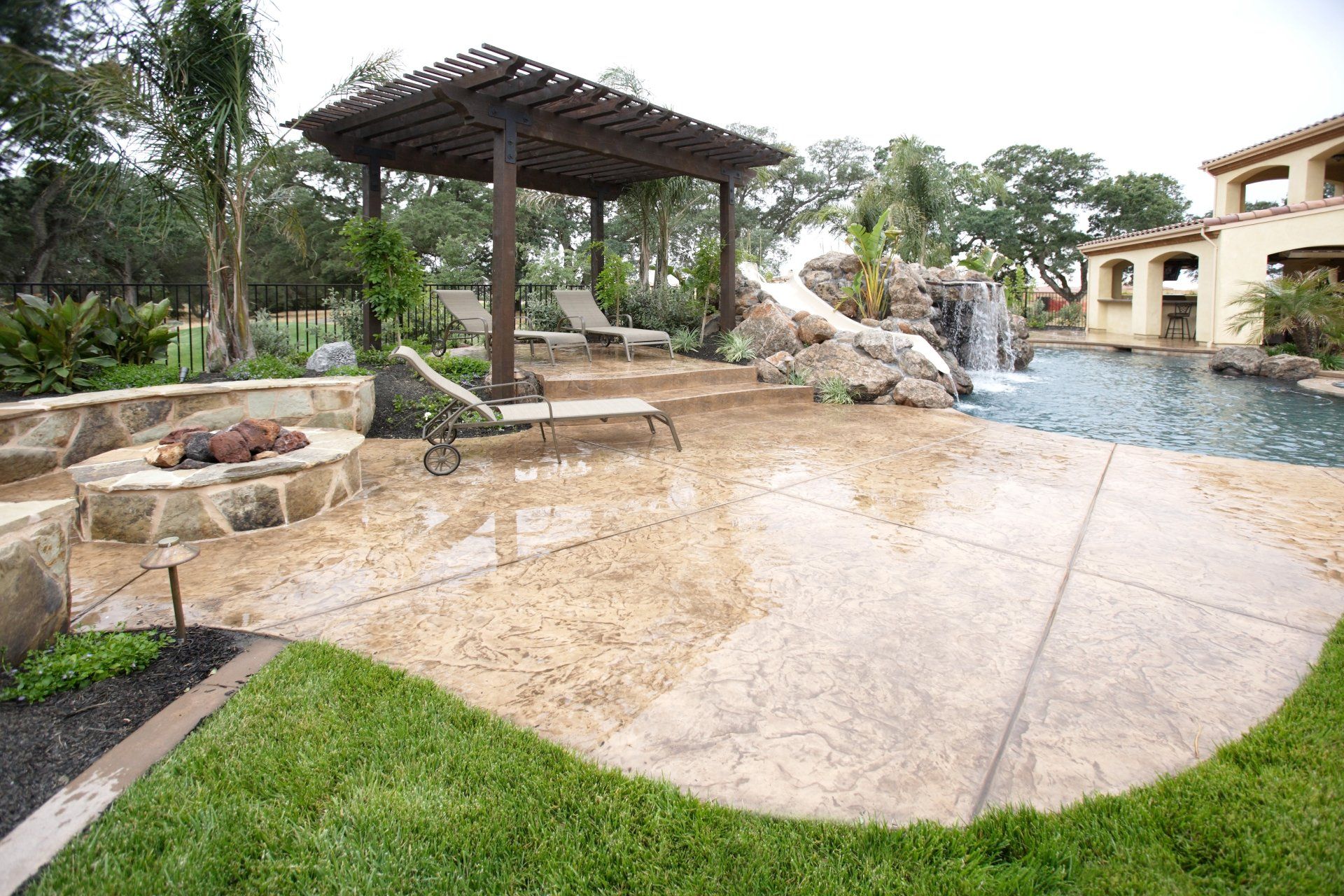WHAT DO I NEED TO KNOW BEFORE POURING A CONCRETE?
In essence, a concrete pre-pour checklist is intended to provide answers to the who, what, where, when, and why questions prior to beginning the concrete pouring process. When pouring concrete, there are a variety of potential issues that can arise, and having a contingency plan in place is the most effective way to mitigate their impact. Pretend you're an inspector, with a long list of steps that need to be examined and approved before you can start pouring concrete.
Prior to creating your pre-pour checklist, there is one more step you should take into consideration. Your concrete contractor, crew foreman, project superintendent, and other team members involved in the planning process should meet to finalize their plans. Information such as equipment and labor requirements, mix design, and other points. This is also an excellent time to go over any contract details that may have come up. This is essentially a final opportunity to address any outstanding issues or concerns, which can then be incorporated into the pre-pour checklist. Your leaders should take their time with this because they may not address these issues again.
Making a Concrete Pouring Safety Checklist
Now that we've established that let's look at what makes up a good concrete pre-pour checklist. While this is a comprehensive list, certain concrete pours will necessitate additional steps. If you're not sure you're doing everything you could be, look into industry literature and resources. However, everything in this section is a set of uniform steps that any job site should strive to implement.
The first step is to ensure that a formal inspector has reviewed any applicable plans or provisions related to this actual pour. Any special requirements you had should have been discussed during the pre-slab meeting we mentioned earlier. This is merely a formality to ensure that regulatory bodies are also made aware of the decision.
Now we can move on to the important items that need to be checked with the actual concrete forms. First, ensure that the forms you intend to use are in the proper alignment and grade. Check that the forms are braced and installed in the manner specified in your original shop plans. There are also some basic final quality control procedures to follow. For example, before pouring, your forms must be checked for cracks and sealed if any exist. You should also make sure to remove any debris, such as:
Trash
Dirt
Plant matter
Wood chips
You should also remember to wet down the forms before you begin pouring the concrete.



